The Dreaming Tree
The Dreaming Tree reminded me of restaurants in Hawaii – rustic with the top half of the exterior walls open to the outside, a thatched roof, ceiling fans lazily circulating the hot air, worn wooden floors and low tables with comfortable cushioned couches with for seating. It was relaxed and casual, clearly a hangout for Westerners. The menu reflected that, which cheered me greatly for I was tiring of Indian food three meals a day. I ordered the “Guatemalan Breakfast,” consisting of two fried eggs, spinach, grilled tomatoes, fresh avocado, refried beans and cornbread. I shared my adventures with my newfound friends, mostly first-timers to India like me, who were suitably impressed with my undertaking. My meal was served much later than those of the others at the table, and although it was not quite what I was accustomed to in terms of flavor and other subtleties (the cornbread was dense, chewy and had a slightly gray color, for example), I was totally satisfied. I was delighted to be getting better acquainted with my fellow sojourners.. Several were from Eastern Washington State, where I had grown up and gone to college for two years, so we had much in common.
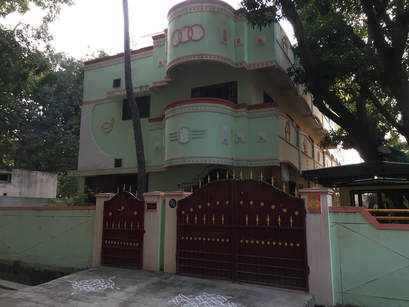 Another colorfully painted home in Tiru
Another colorfully painted home in Tiru When I got to the Women’s Collective, the man I had dealt with wasn’t there, but another congenial man looked high and low for my order in a couple of dimly lit rooms lined with old-fashioned sewing machines, which nobody was using.. The floor around the sewing machines was littered with scraps of fabric and rolled bundles of samples and finished garments tied with strips of fabric. My things were nowhere to be found. After asking everyone in the area, he found the finished pantaloons and the ones being used as a pattern on the floor behind one of the sewing machines. Then we started the search for the top. Finally, he located a bundle containing fabric that looked familiar. Indeed, it was my top, cut in pieces but not yet sewn together. The man promised the top would be done the next day. I was disappointed but not particularly surprised.
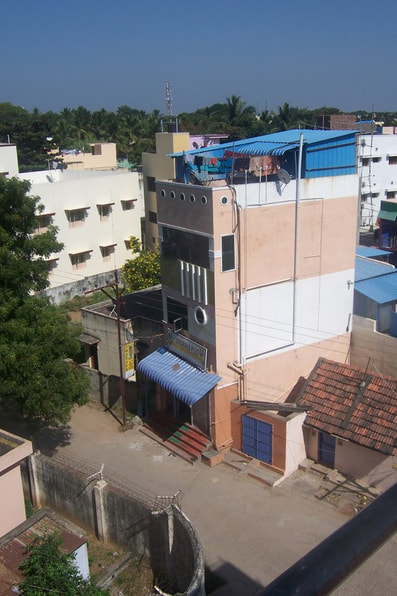 A view from the rooftop of Ramana Towers
A view from the rooftop of Ramana Towers Satsangs generally follow a prescribed format: We meditate together as a group for 40 minutes to an hour, usually with Devaji meditating along with us in a chair up front. Devaji then gives a 15- to 20-minute monologue after which he invites people to come up and sit in a chair facing him and ask questions (both Deva and the questioner are speaking into microphones so the crowd can hear), which can be personal or relating to a spiritual topic. Like many, I am usually ambivalent about going up to the chair; part of me yearns for the interaction and part of me is self-conscious and fearful, particularly if I am experiencing challenges, as I was in this instance.. Nonetheless, I screwed up my courage and went up to the chair. I admitted what was no doubt obvious to others -- that my protective mechanisms were running in high gear, that the environment felt unsafe and that I was feeling like nobody cared about me..
Deva responded that he was aware that this was going on for me but that he was waiting for me to break through my fears and speak up, since keeping silent is my default position. (The opportunity in such a setting is to break free of the barriers that limit us. In my case, it is to become more comfortable with speaking what is true for me, especially to an authority figure, since my early childhood training in a military family was to keep quiet and follow orders.. Being in this quite unfamiliar place halfway around the world was bringing up vulnerabilities that went way back.) Deva also acknowledged that he realized that making this pilgrimage was “a stretch” for me. As is typical, afterward I couldn’t really remember much about what he said, but it helped to have taken the chair, and I relaxed a few degrees. That night in the dining area at the ashram, Devaji came right over to me and gave me a hug.
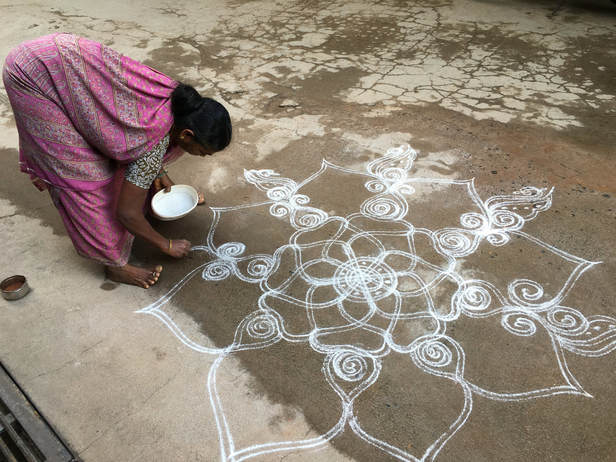 A woman drawing a mandala in the dirt outside the entrance to Ramana Towers
A woman drawing a mandala in the dirt outside the entrance to Ramana Towers That night, desperate for sleep, I took an antihistamine at 8:45 p.m. and and didn't wake up until 6:45, the latest I had slept since we arrived.. Not even the early morning broadcast chanting disturbed me.. Mentally, emotionally and even physically I felt good when I woke up, but twinges of cramping turned into intestinal problems after breakfast. I decided to take it easy, checking in with my next-door-neighbor physician friend, who postulated that it was just a reaction to everything.. I had experienced the day before, particularly admitting my insecurities and fears in public to Devaji at satsang..
Later I felt well enough to attempt to pick up my outfit at the Women’s Collective. Hailing a tuk tuk with a couple of others from the ashram, we headed toward town. The air quality was terrible that morning. It was a festival day, so there were even more people out and about and things seemed even wilder than usual. The rik-shaw we took was festooned with a garland of fresh marigolds, and at one point we passed a processional that included a flower-bedecked truck traveling slowly while men walked alongside beating drums and scattering flower petals. The highway was covered with smashed flowers..
Low and behold when I arrived at the tailor’s shop, they found both the completed top and the pantaloons! I went down to pay at the store on the ground level where a miscellany of goods, all made by women, were offered for sale, and found a sheer white shawl that I couldn’t resist. The custom-made ensemble cost me about $18 and the shawl about $8 (it was more expensive than most). I felt a sense of accomplishment at having seen this interaction through to completion – though it remained to be seen if the clothes would fit or not.
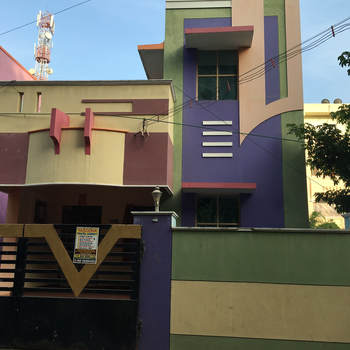 Whoever painted this dwelling was having a lot of fun
Whoever painted this dwelling was having a lot of fun 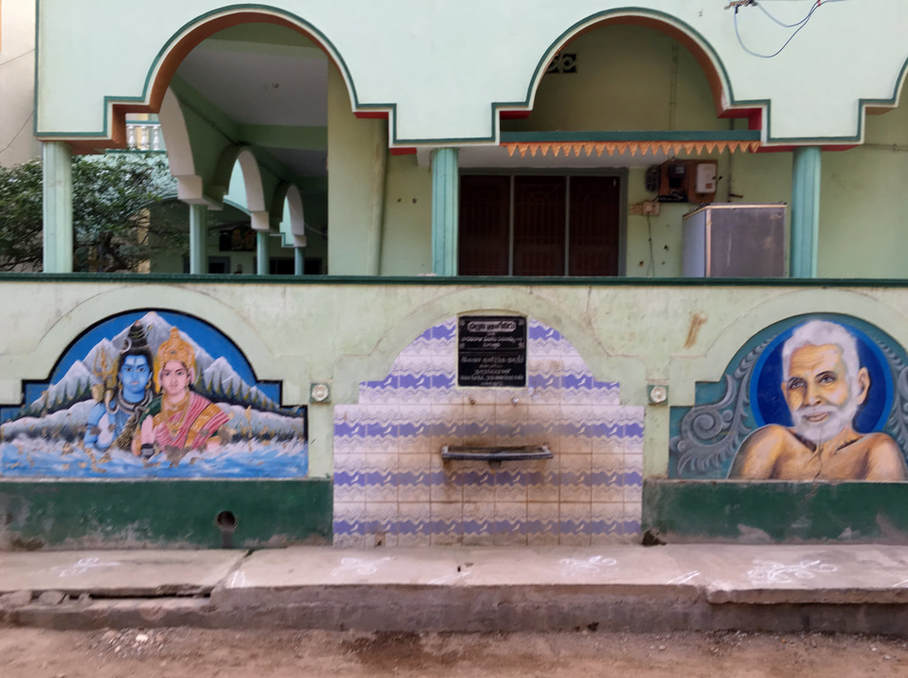
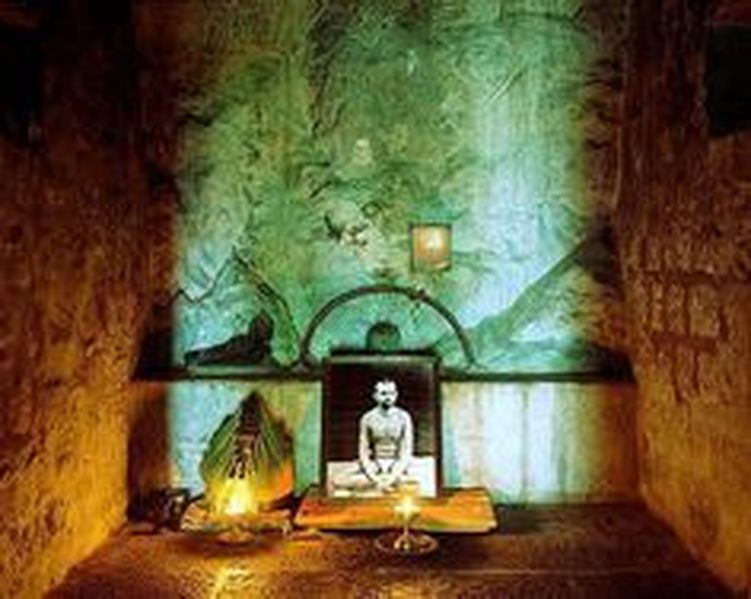
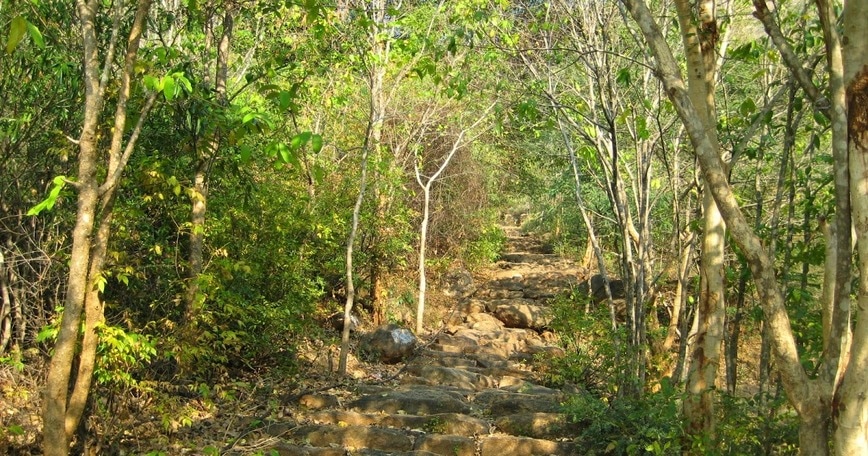
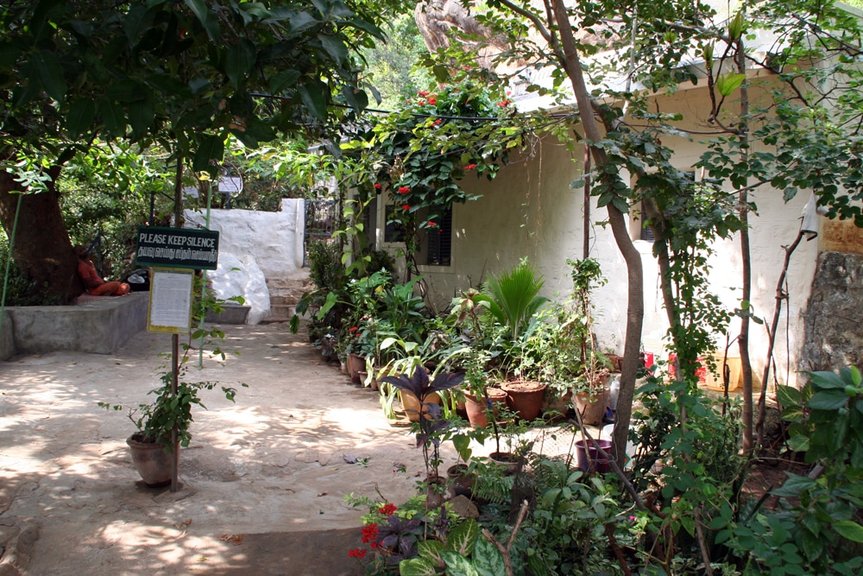
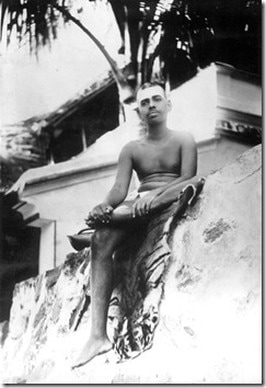
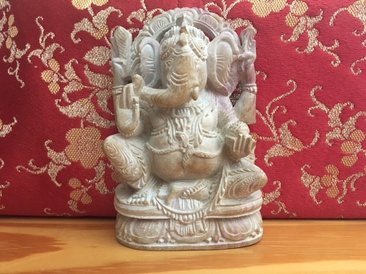
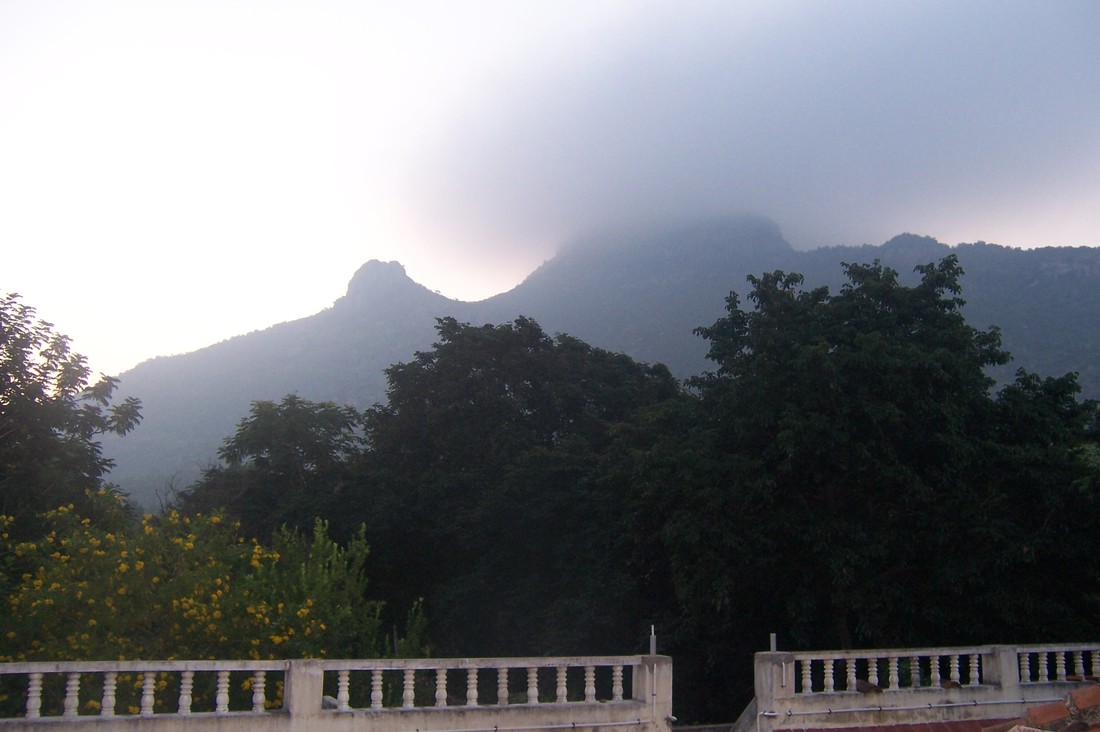
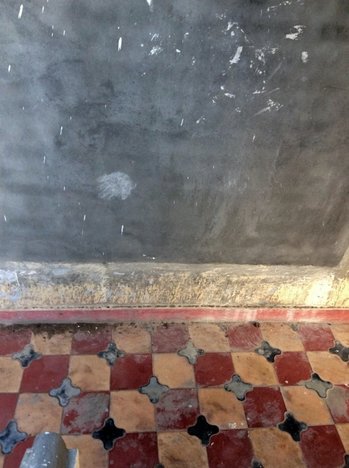
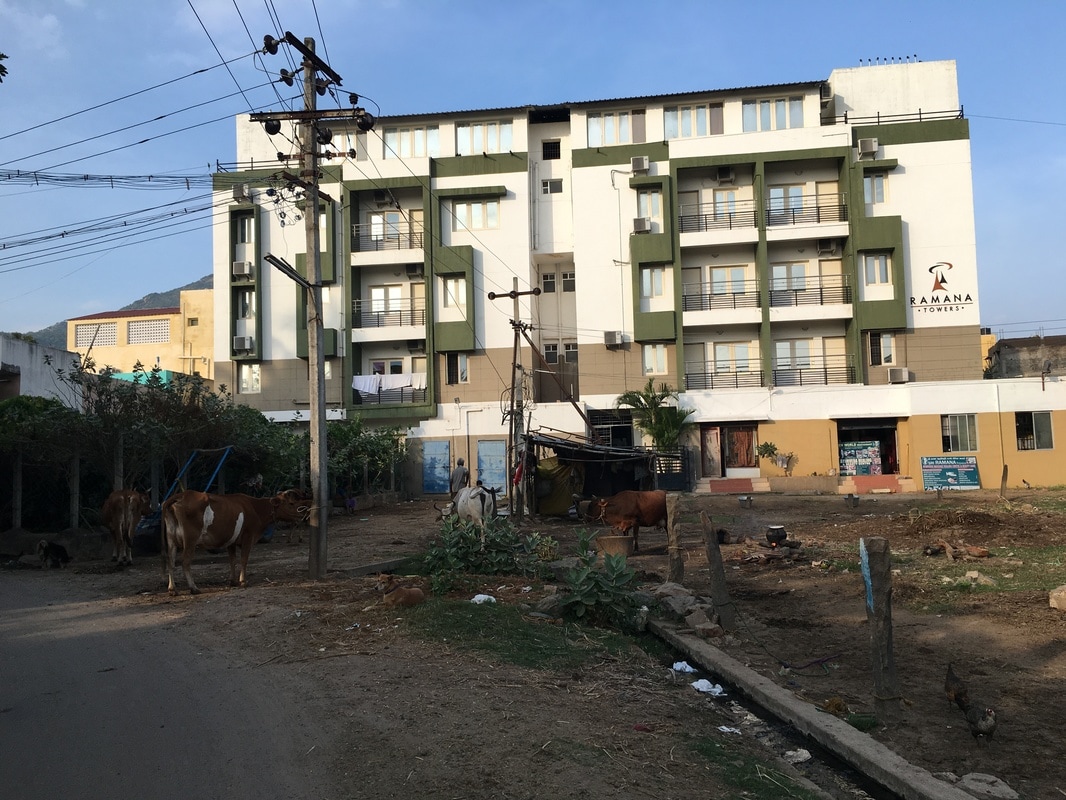
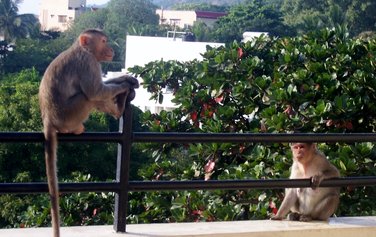
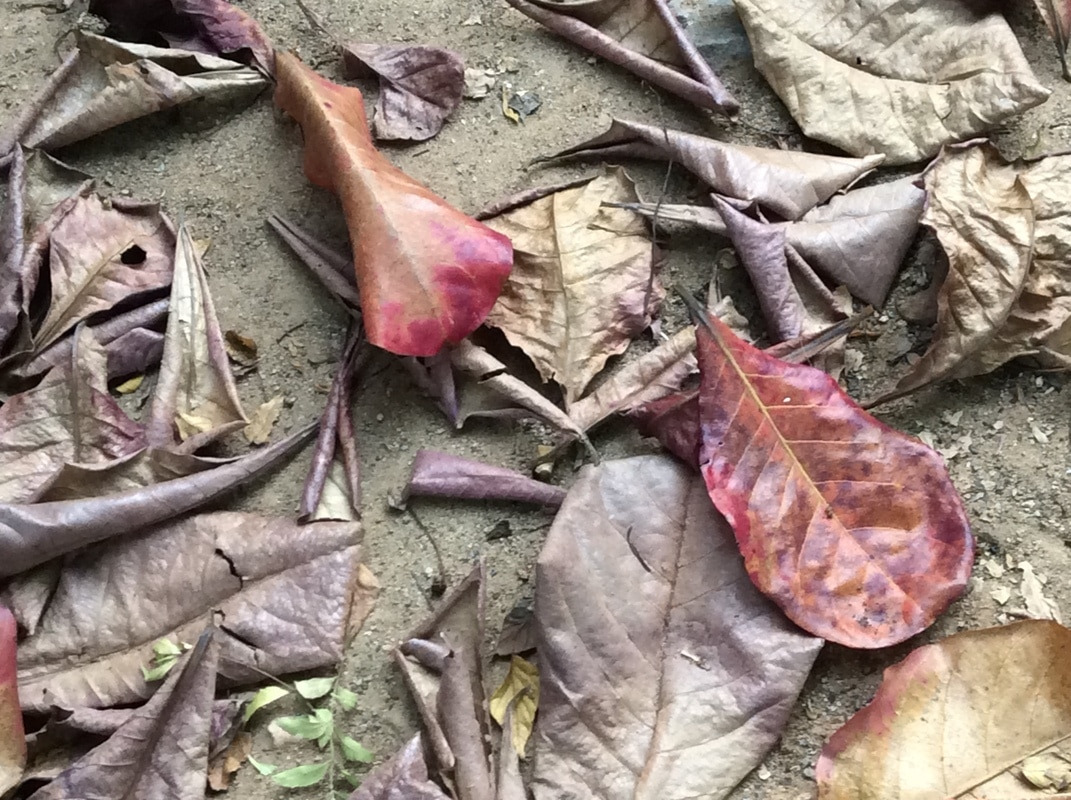
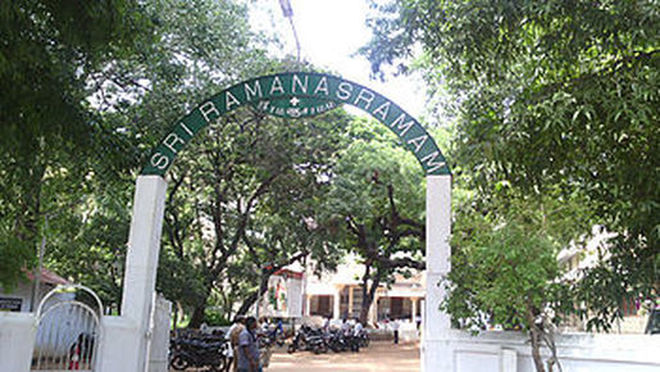
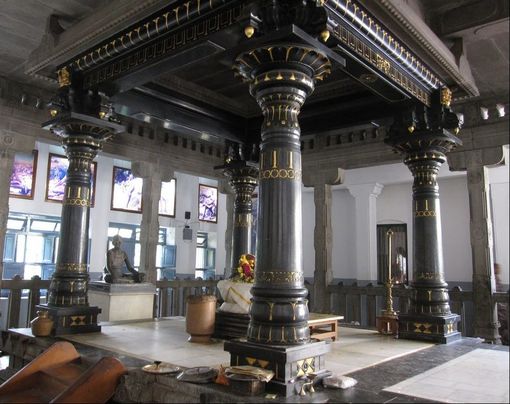
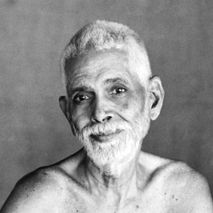
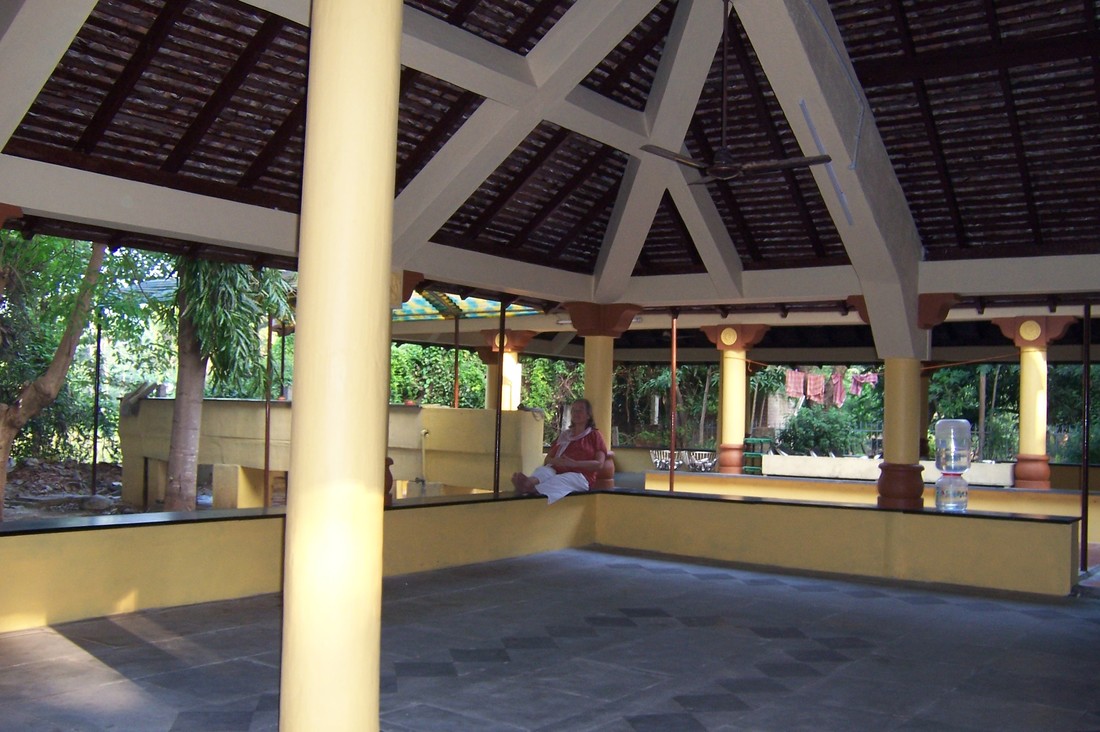
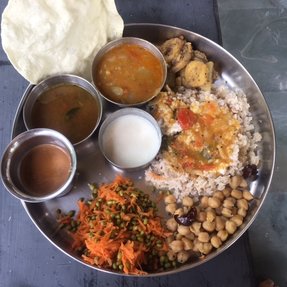
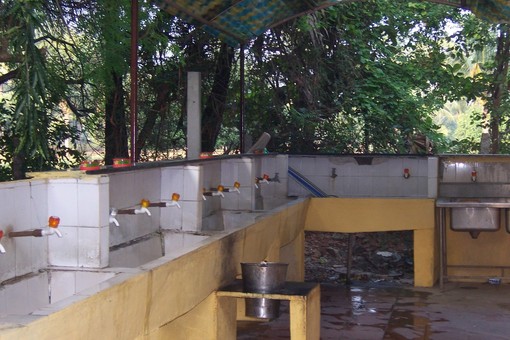
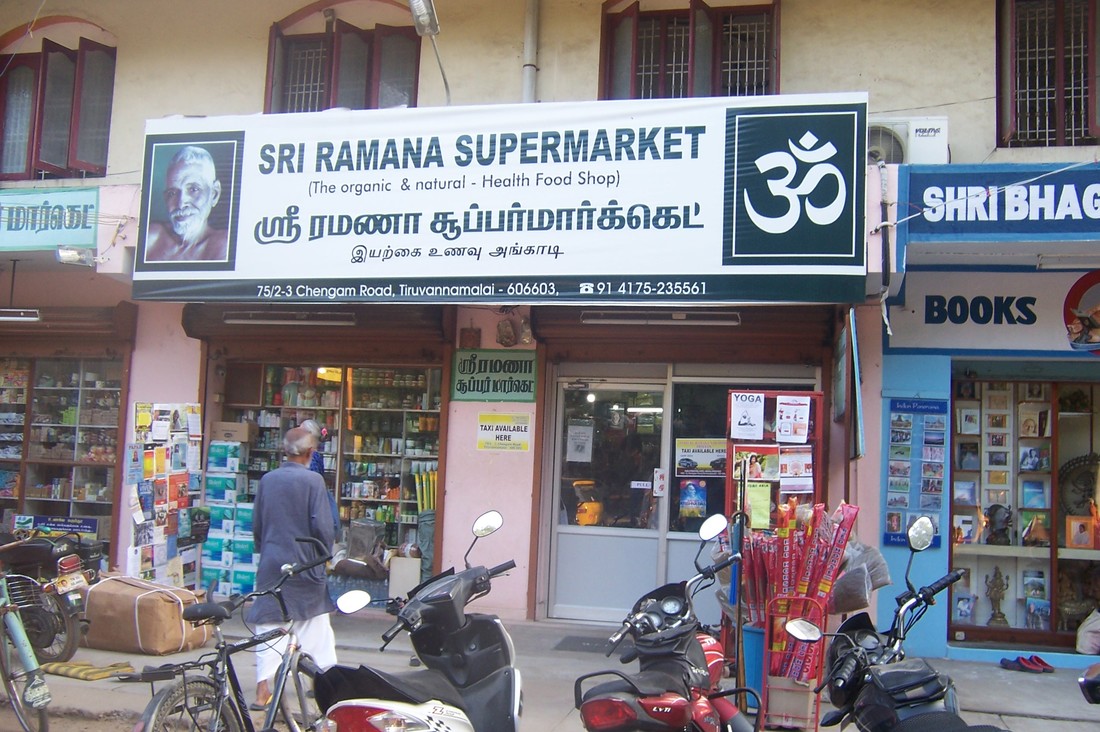
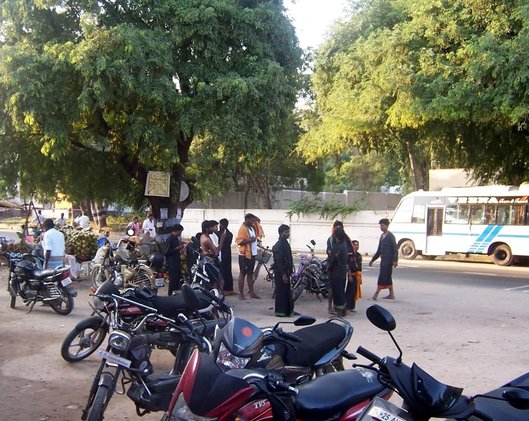
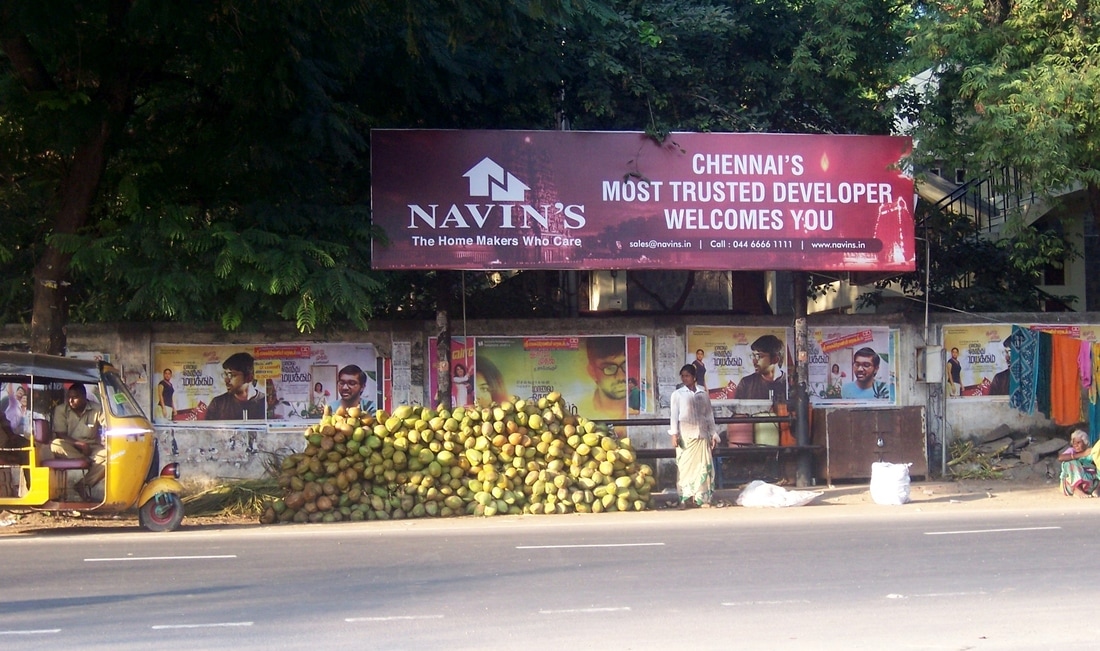
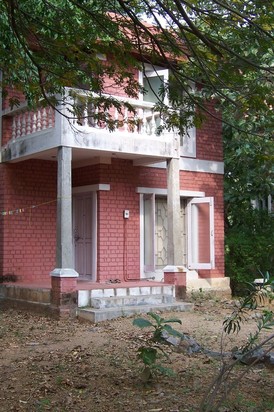
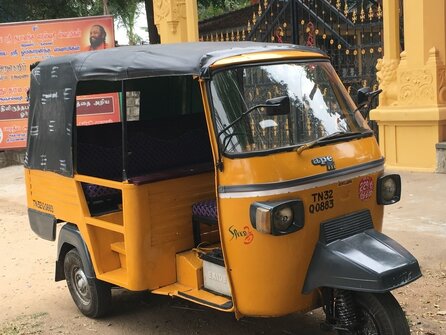
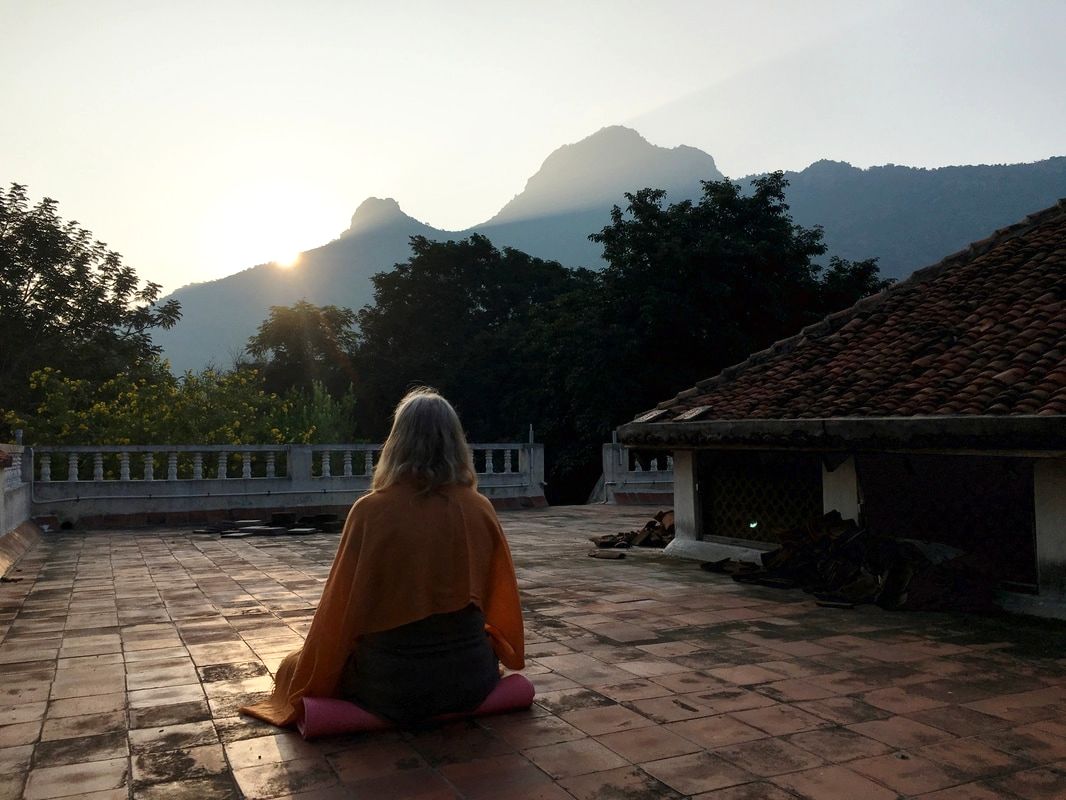
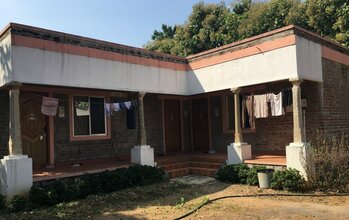
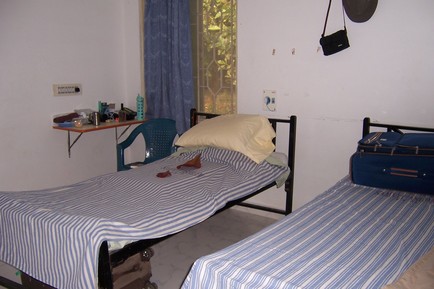
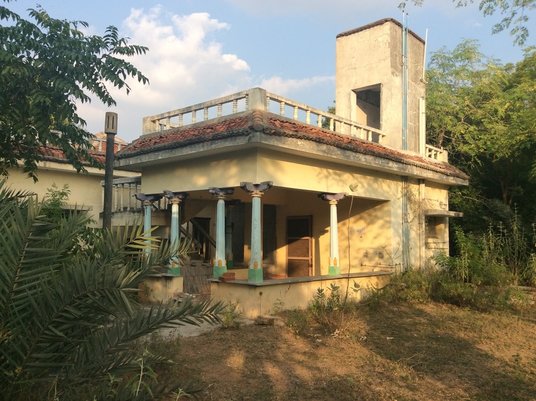
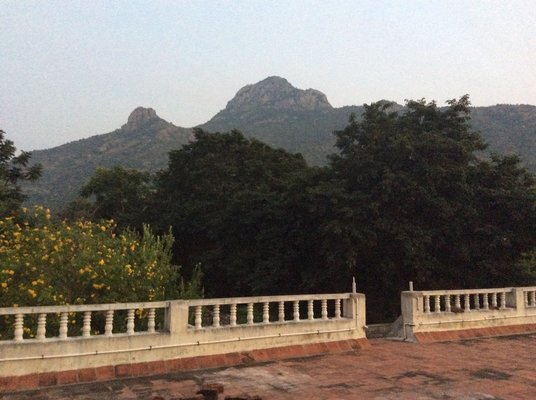
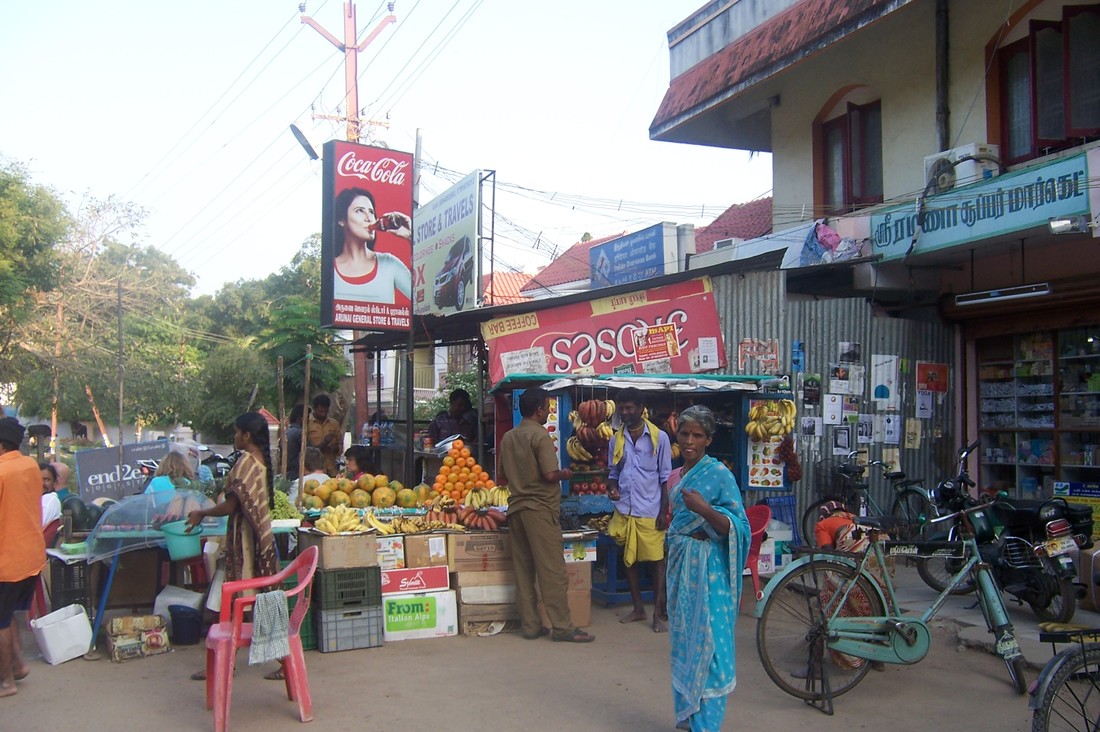
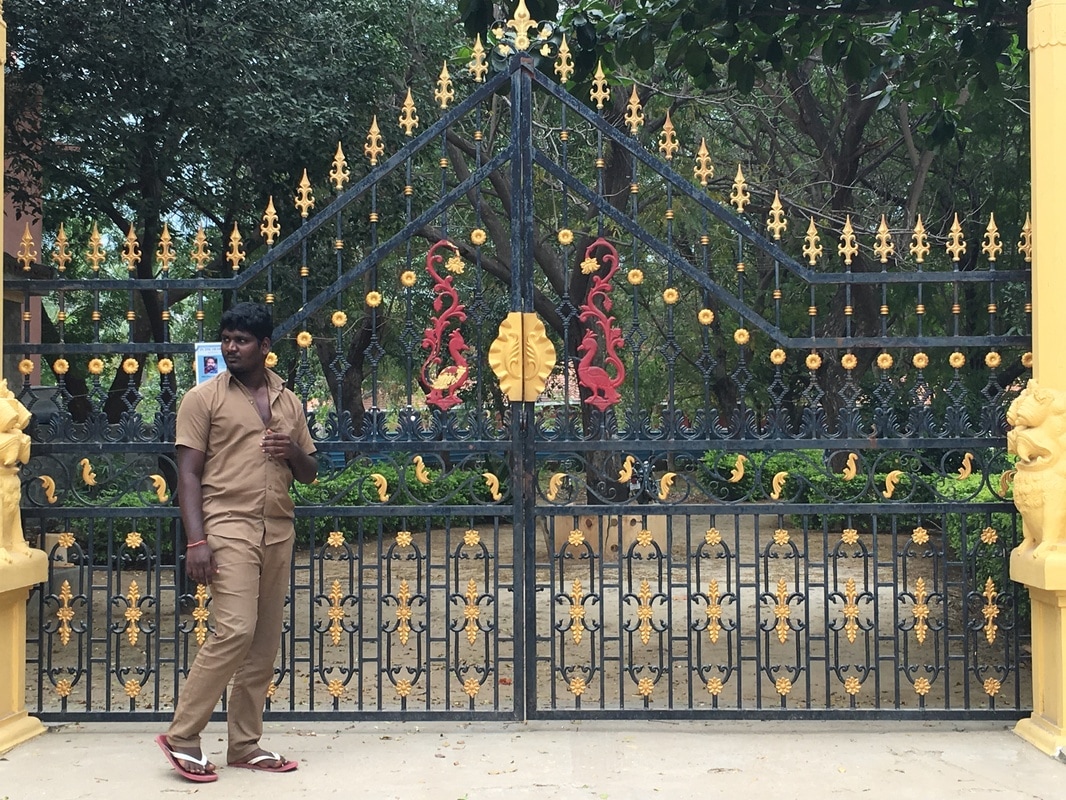
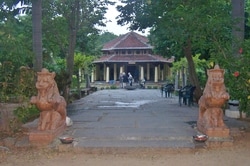
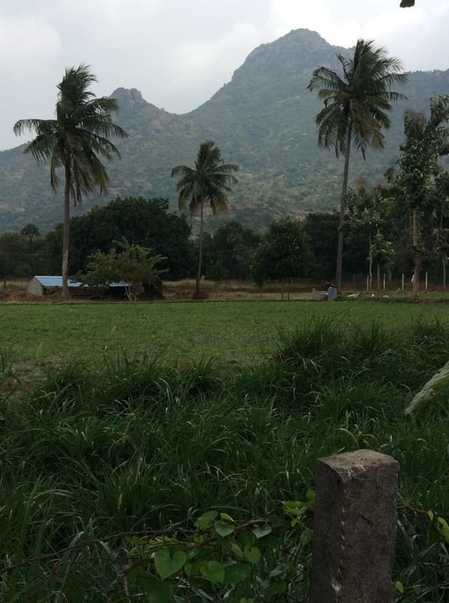
 RSS Feed
RSS Feed